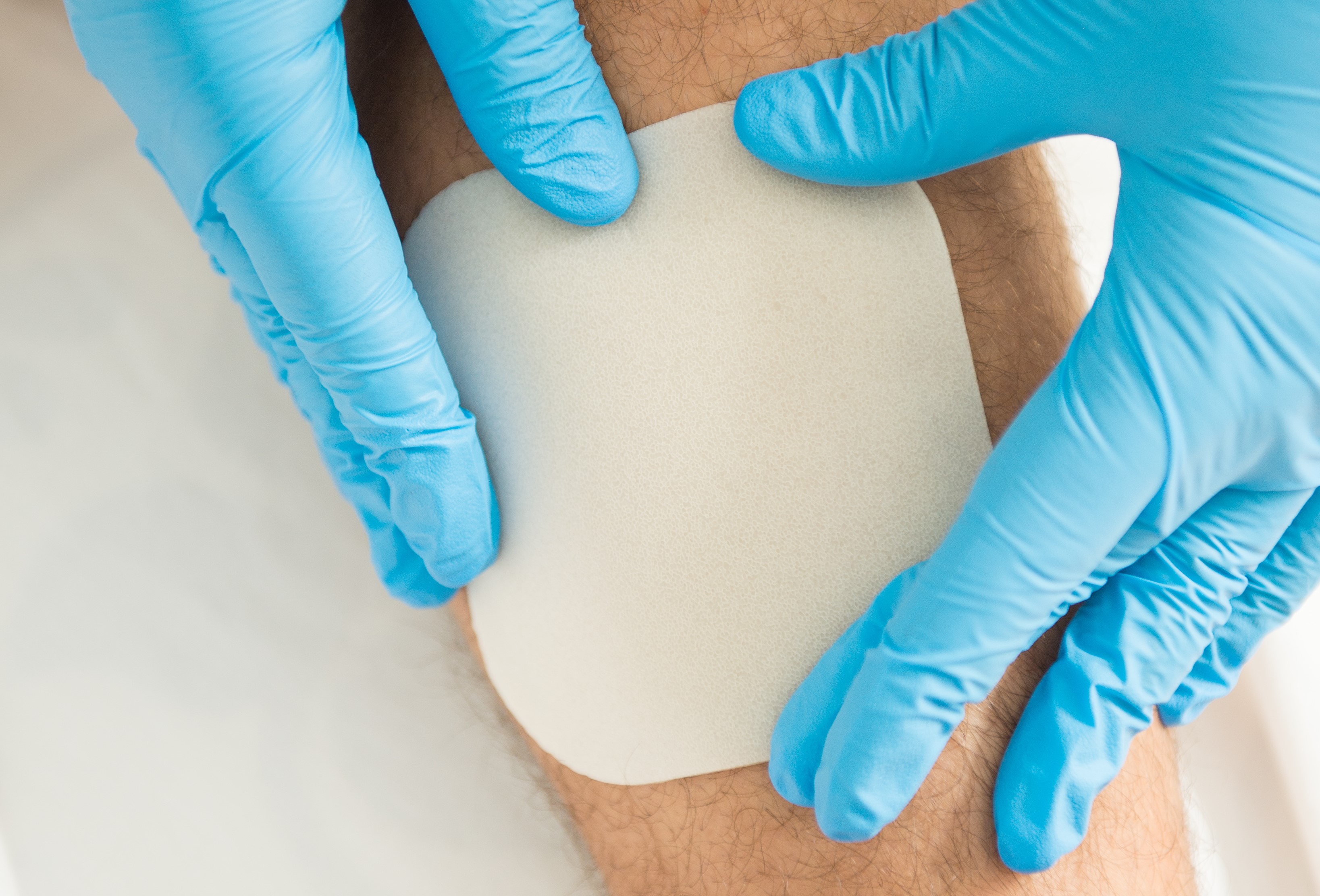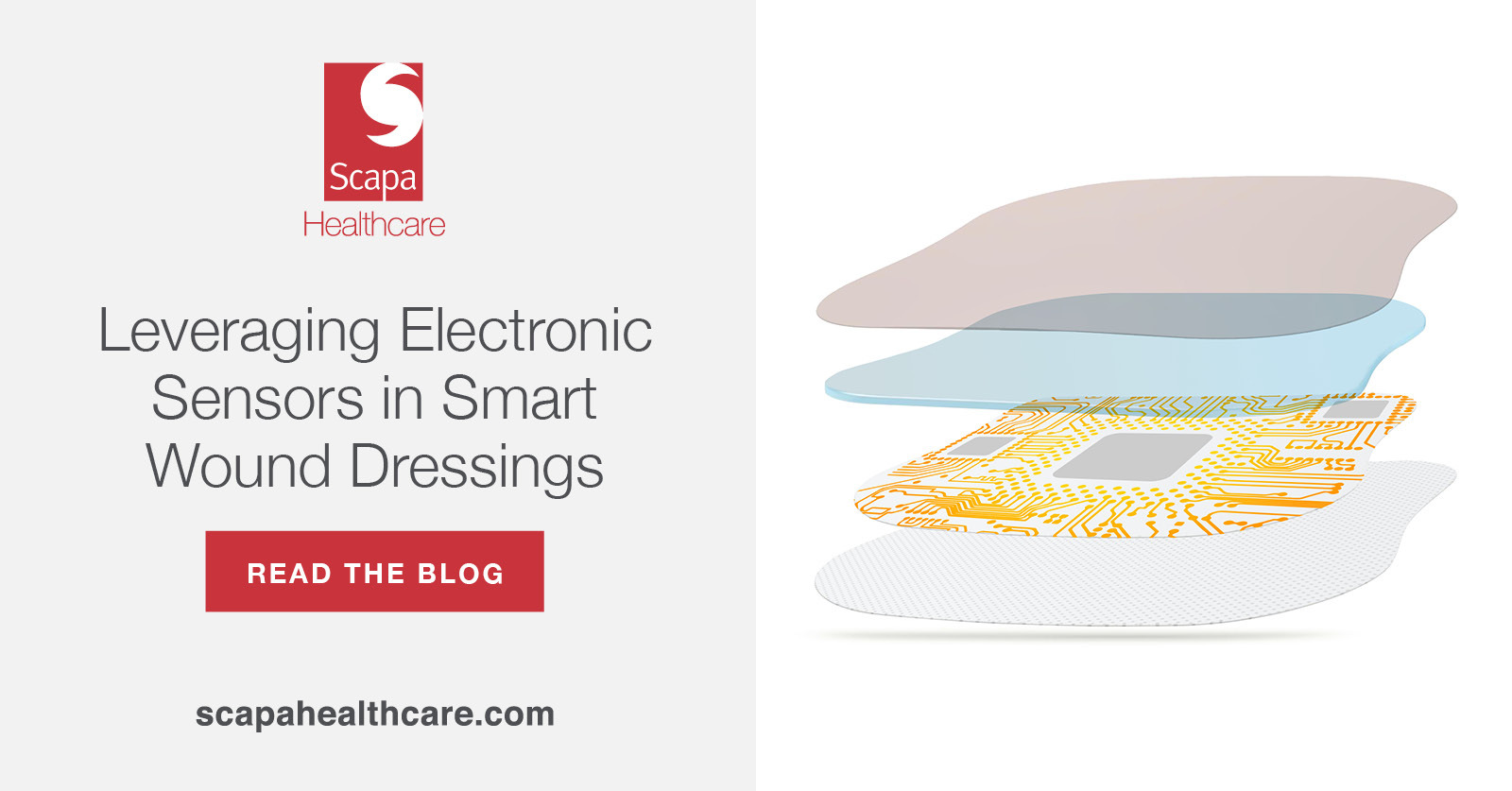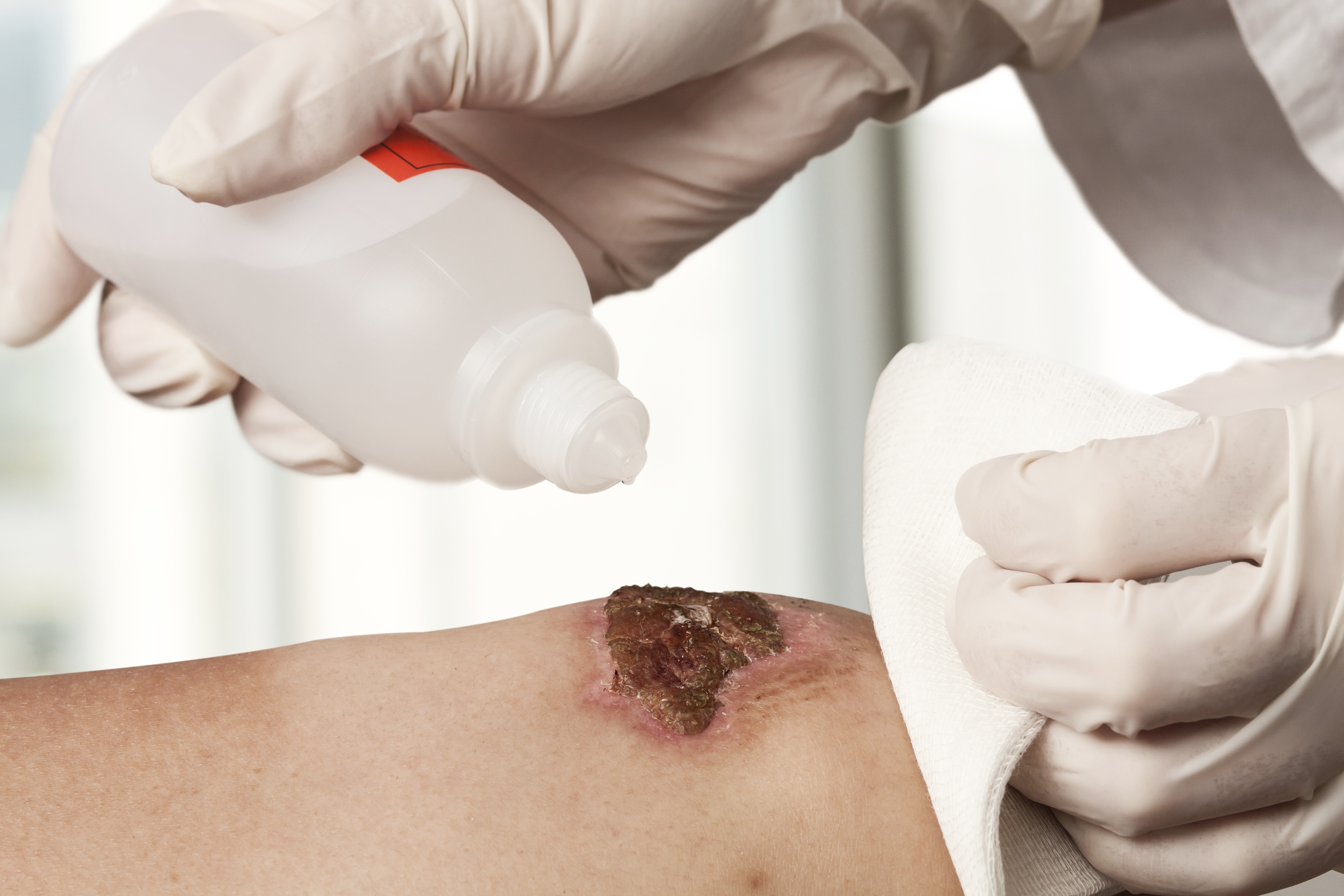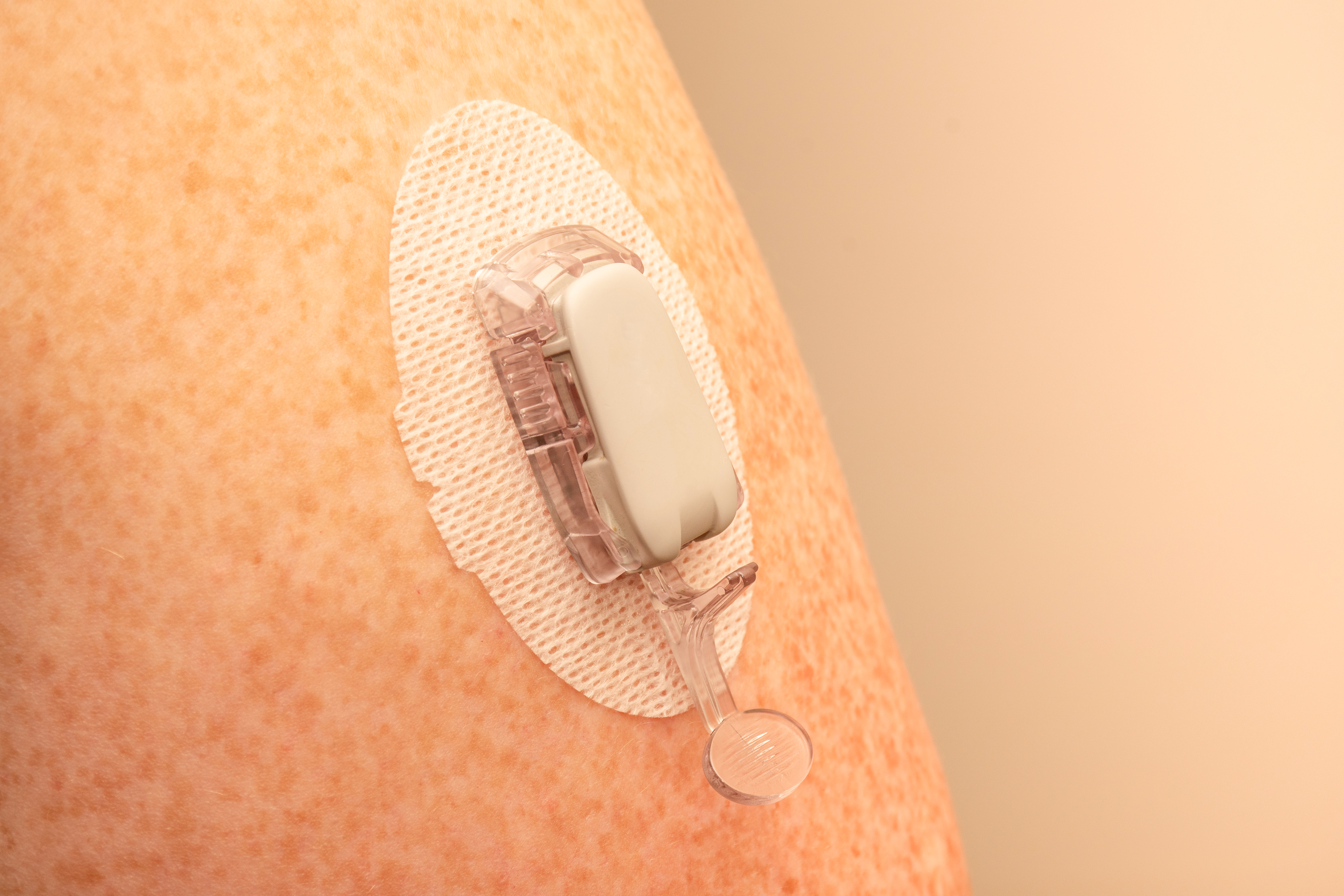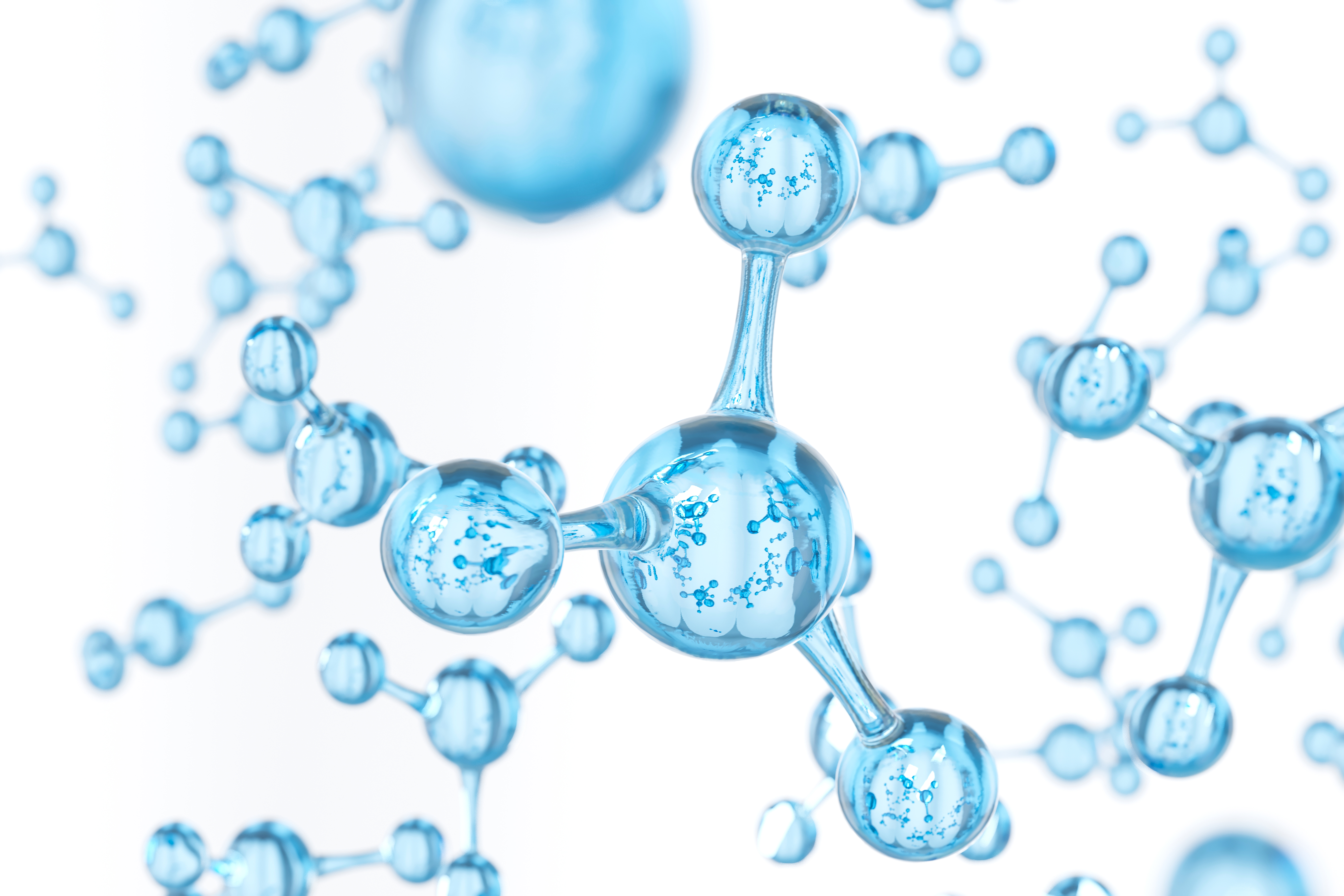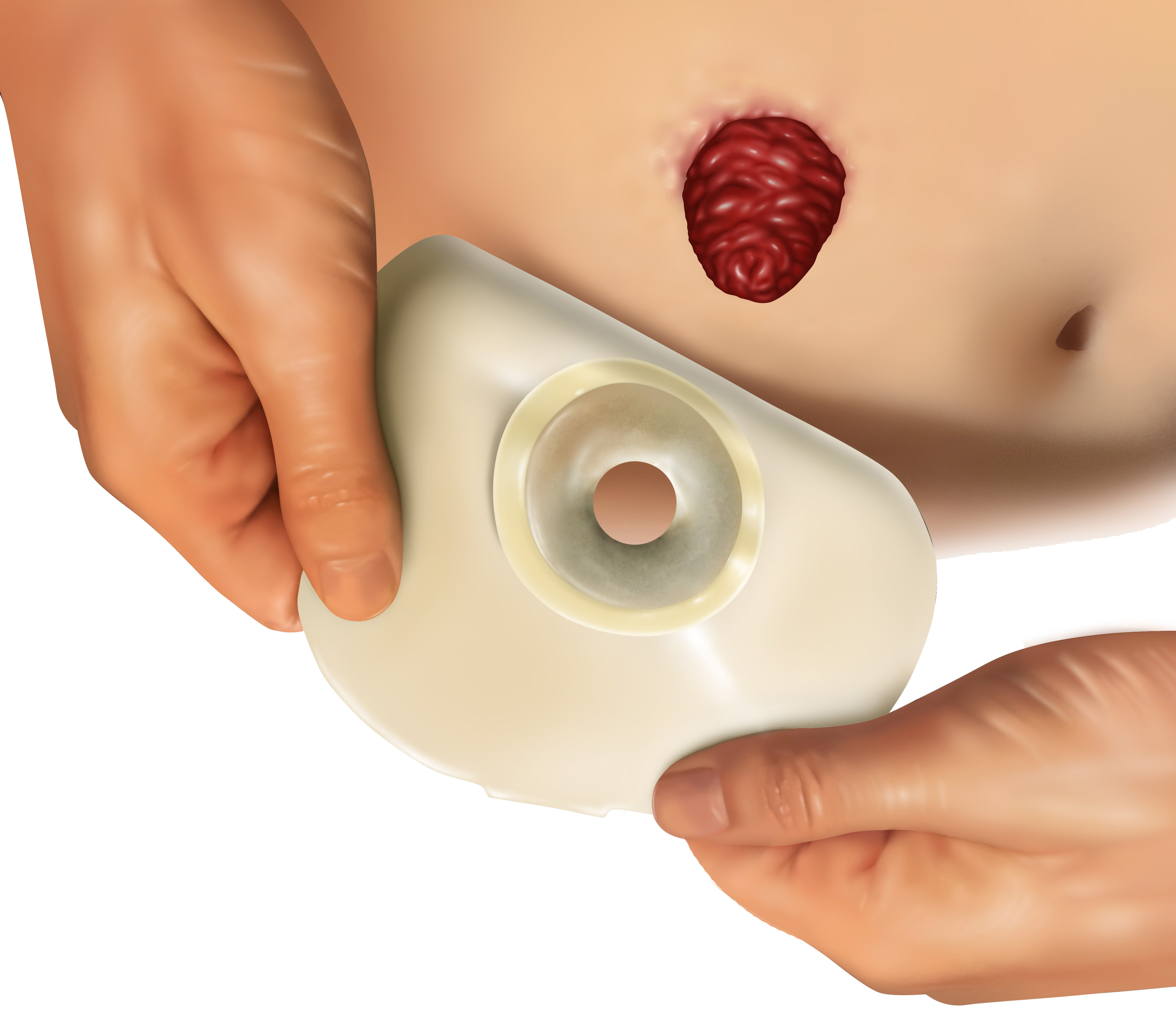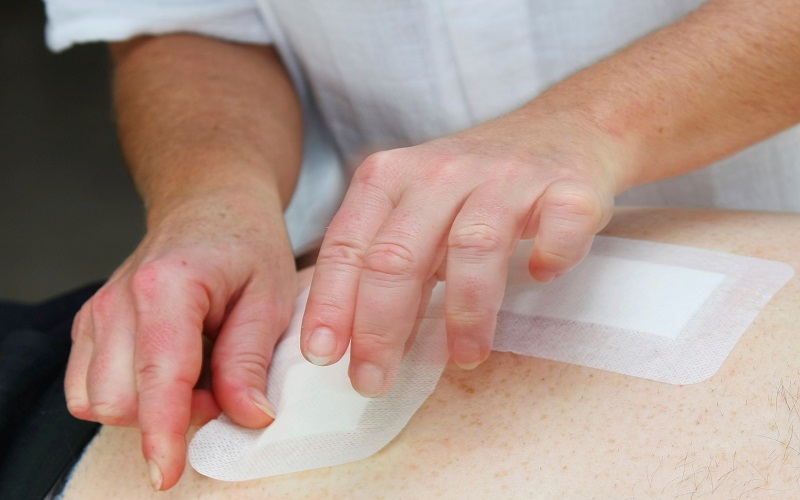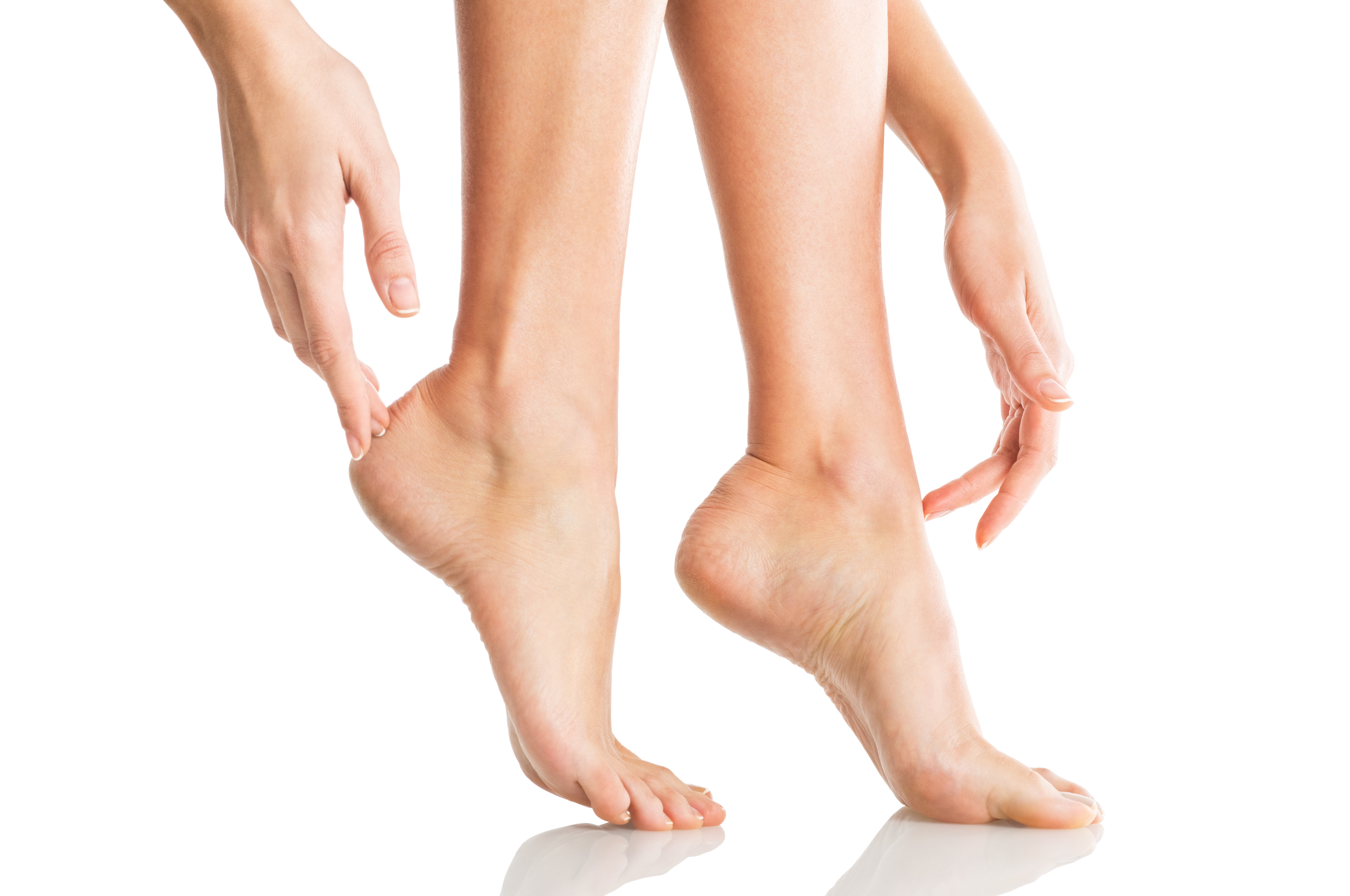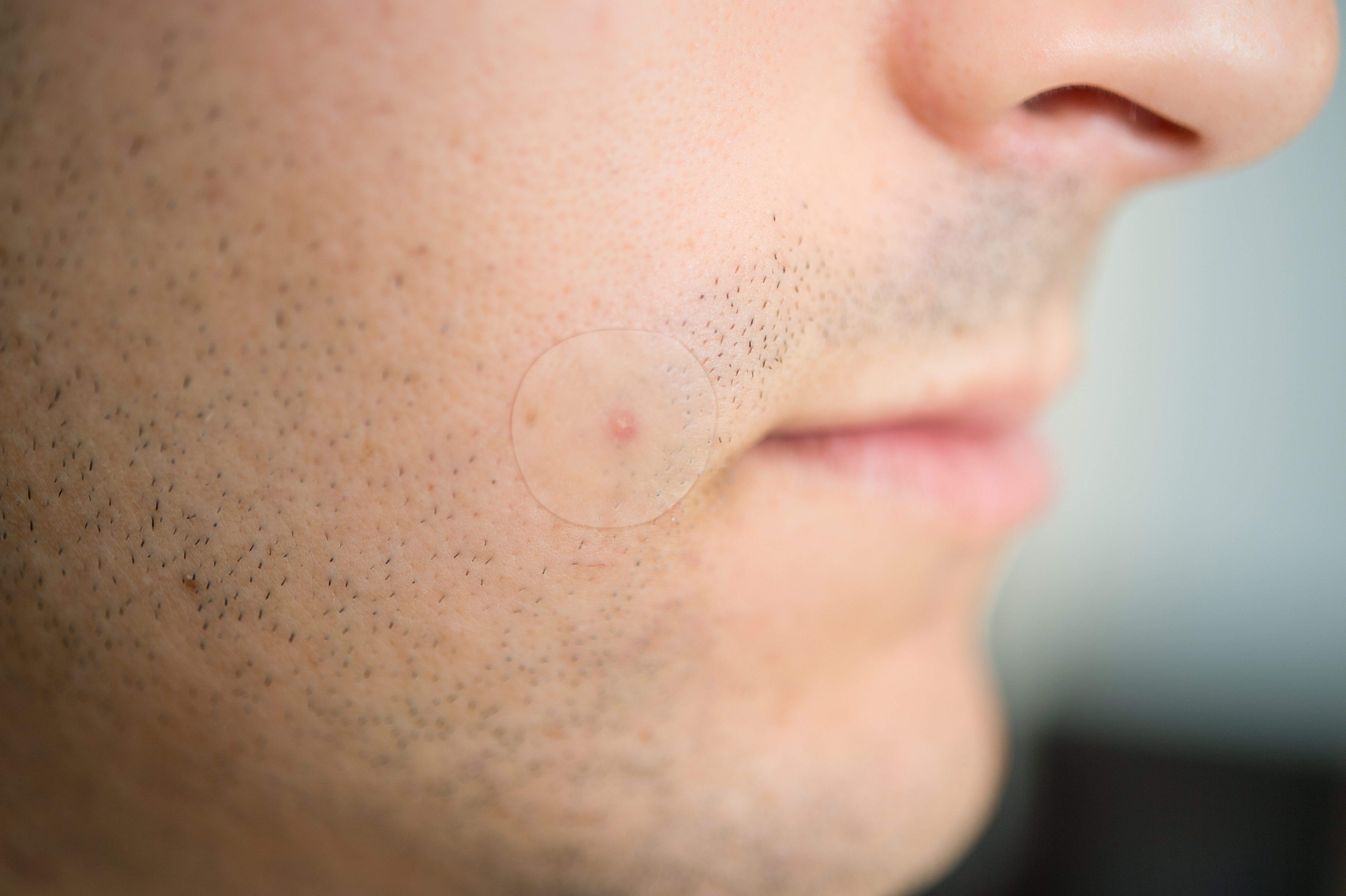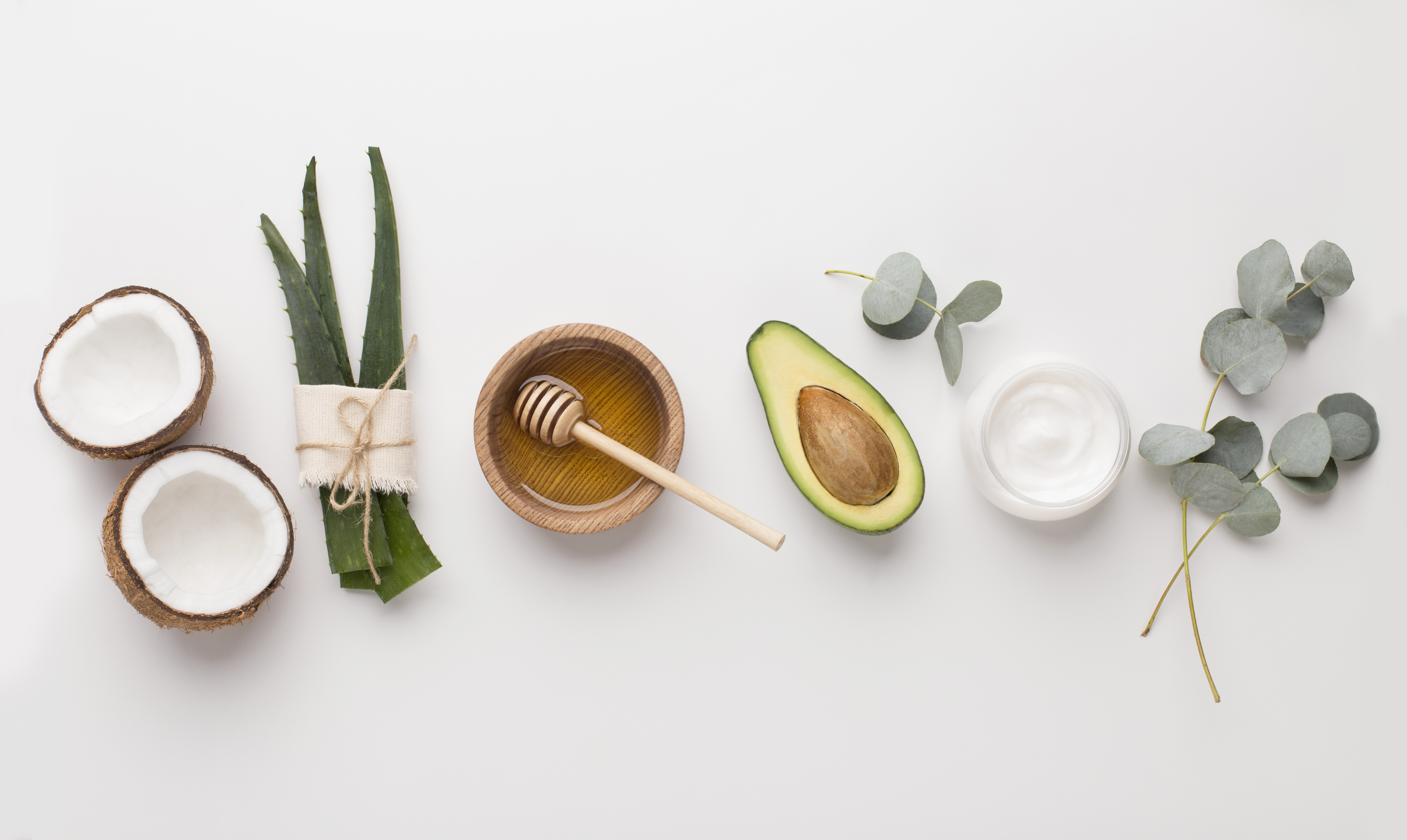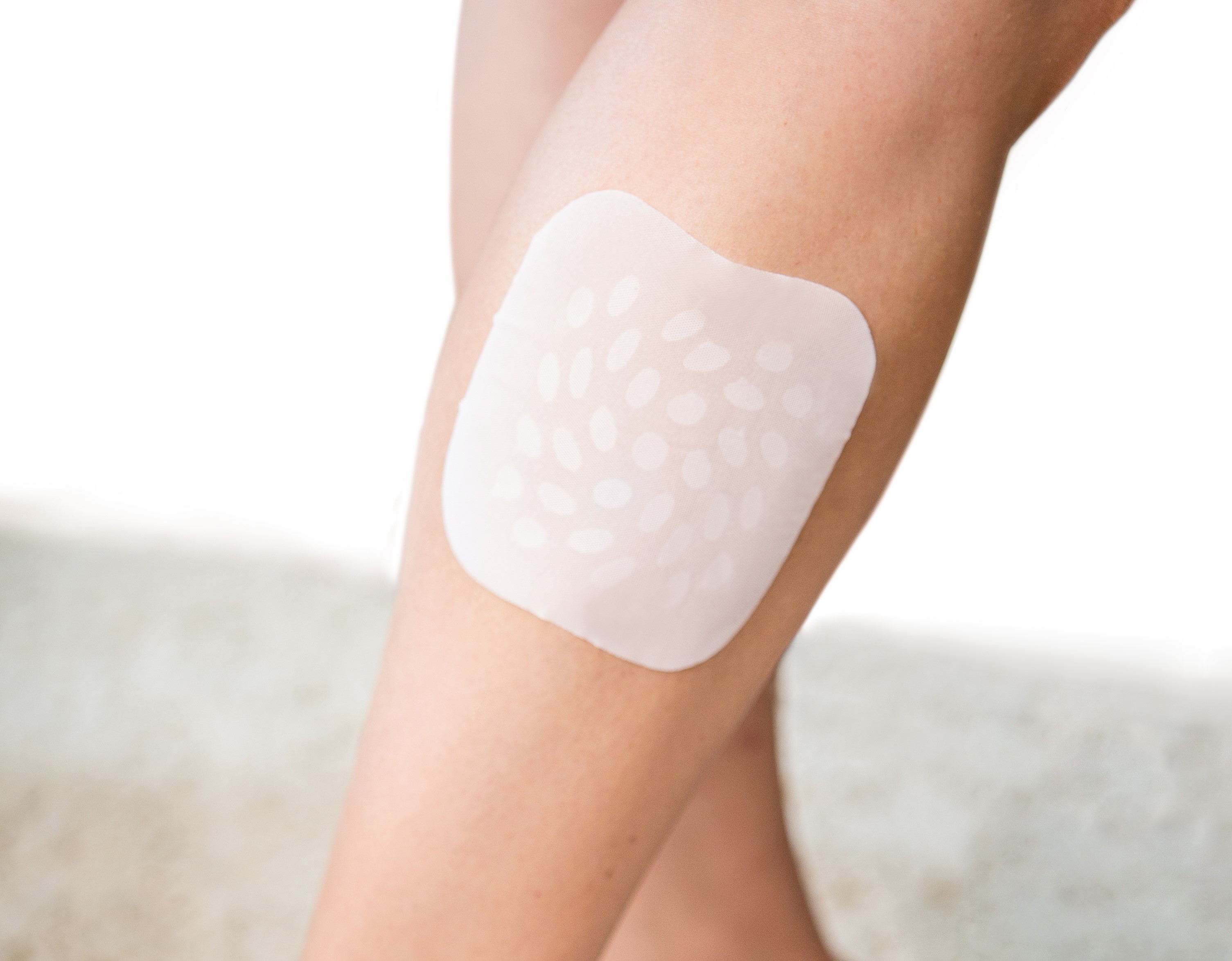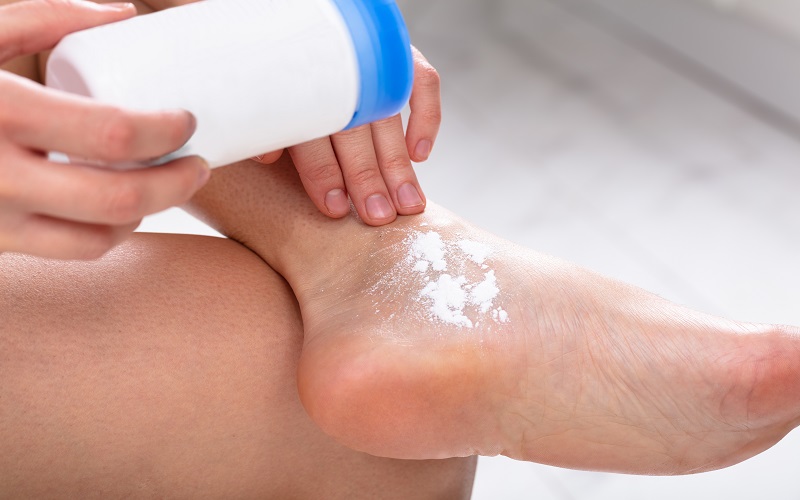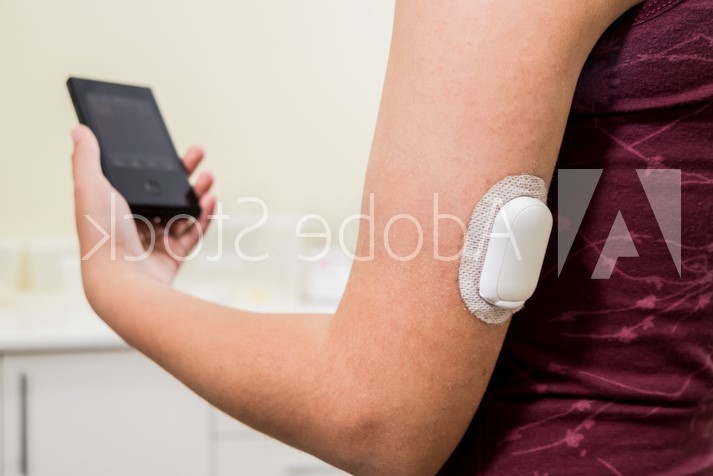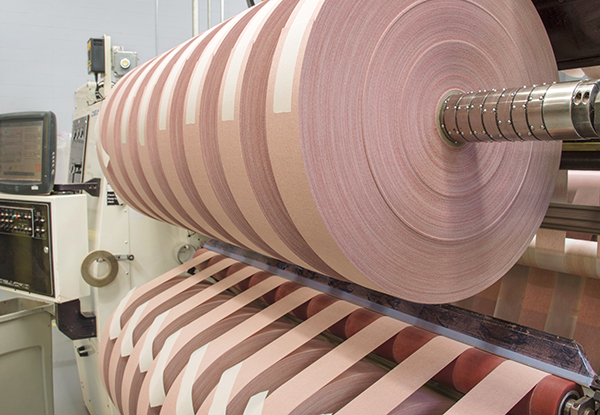Hydrocolloids contain gel-forming agents/properties that are combined with a flexible adhesive applied to a carrier, such as a polyurethane film, to create an absorbent, self-adhesive, waterproof dressing. As one of the most advanced wound care products available, hydrocolloid dressings are ideal for wounds that are experiencing mild to moderate drainage.
Hydrocolloid technology has been used in advanced wound care for many years due to its absorbing properties and the ability to create a protective barrier over the skin.
Hydrocolloids contain gel-forming agents/properties that are combined with a flexible adhesive applied to a carrier, such as a polyurethane film, to create an absorbent, self-adhesive, waterproof dressing. As one of the most advanced wound care products available, hydrocolloid dressings are ideal for wounds that are experiencing mild to moderate drainage. This is because the hydrocolloid absorbs moisture from the wound site—known as exudate—and forms a gel, creating a secure seal over the wound and a barrier to external contaminants, microorganisms and bacteria.
This seal also creates a moist environment to maximize healing, reduce pain and prevent leakage. Hydrocolloid dressings also utilizes the body's natural enzymes to break down dead tissue in a process called autolytic debridement, by gently softening and rehydrating necrotic tissue.
What type of wounds can hydrocolloid dressings be used on?
Hydrocolloid dressings can be used on a number of different wound types, such as clean, granular, necrotic, and superficial wounds, including pressure ulcers, sciatic pressure ulcers, phlebostatic ulcers, mild ulcers, venous ulcers, leg injuries, certain types of burns, and more. Due to the flexibility and waterproof characteristics of hydrocolloids, they also make an ideal protective layer for newly healed and intact skin, or for partially healed wounds that may need protection from potential surface trauma.
What are the benefits of hydrocolloid dressings?
There are a number of benefits to choosing a hydrocolloid dressing for advanced wound care, including:
Durability: Hydrocolloid dressings generally last from three to seven days and do not have to be changed as often as some other wound dressings.
Faster healing: Hydrocolloid dressings provide a moist environment that allow the body’s enzymes to aid the healing process. More effective exudate management further contributes to reduced healing time. Additionally, due to the prolonged use period of hydrocolloids, the wound is able to heal undisturbed.
Reduced pain: Hydrocolloid dressings help to preserve healing environments by retaining moisture which has been shown to reduce pain when compared with other types of dressings, such as gauze.
Lower risk of infection: Hydrocolloid dressings are waterproof, protecting the wound and surrounding skin from bacteria, chemicals and other contaminants as well as moisture.
Adhere only to surrounding skin: A hydrocolloid dressing is designed to adhere only to the surrounding skin and does not adhere to the wound itself unlike products such as gauze. This helps to protect the skin and keep it intact.
Ease of use: Hydrocolloid dressings are easy to apply and come in a variety of shapes and sizes for different areas, including those located in hard-to-reach and/or irregularly shaped parts of the body. They are also flexible and mold around skin.
Cost effective: Hydrocolloids are cost effective in terms of both materials as well as cost of service at a healthcare facility as the dressings can be self-adhered.
If you are developing hydrocolloid technology to meet the needs of advanced wound care applications, Scapa Healthcare has more than 30 years of experience in the development of market-leading hydrocolloids. Our customers rely on Scapa’s expertise and capabilities to provide the optimal formulations to meet their specific customer needs. To learn more about Scapa Healthcare hydrocolloid products, click here.
________________
References:
Scapa Healthcare Data on File
WorldWide Wounds, Frequently Asked Questions: Hydrocolloid Dressings, Edition 1.1, April 28, 1998
WoundSource, What is a Hydrocolloid Dressing?, March 3, 2016
WoundsUK, Hydrocolloids in Practice, Volume 8, Issue 1, March 2012


